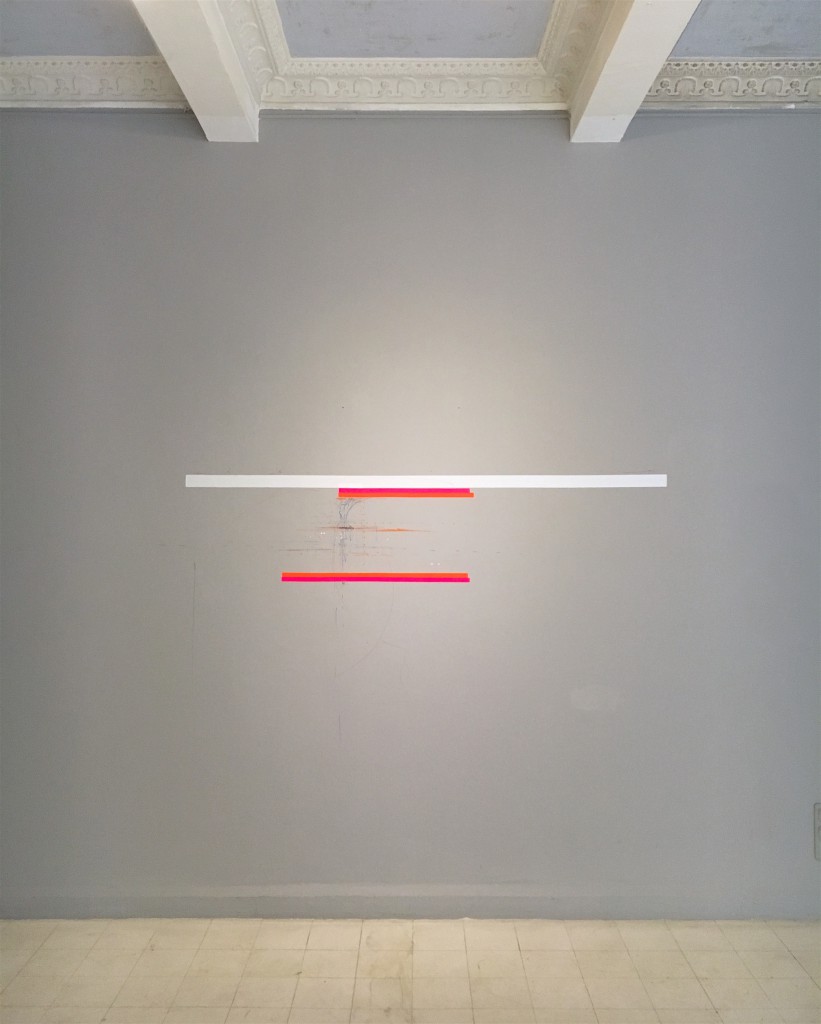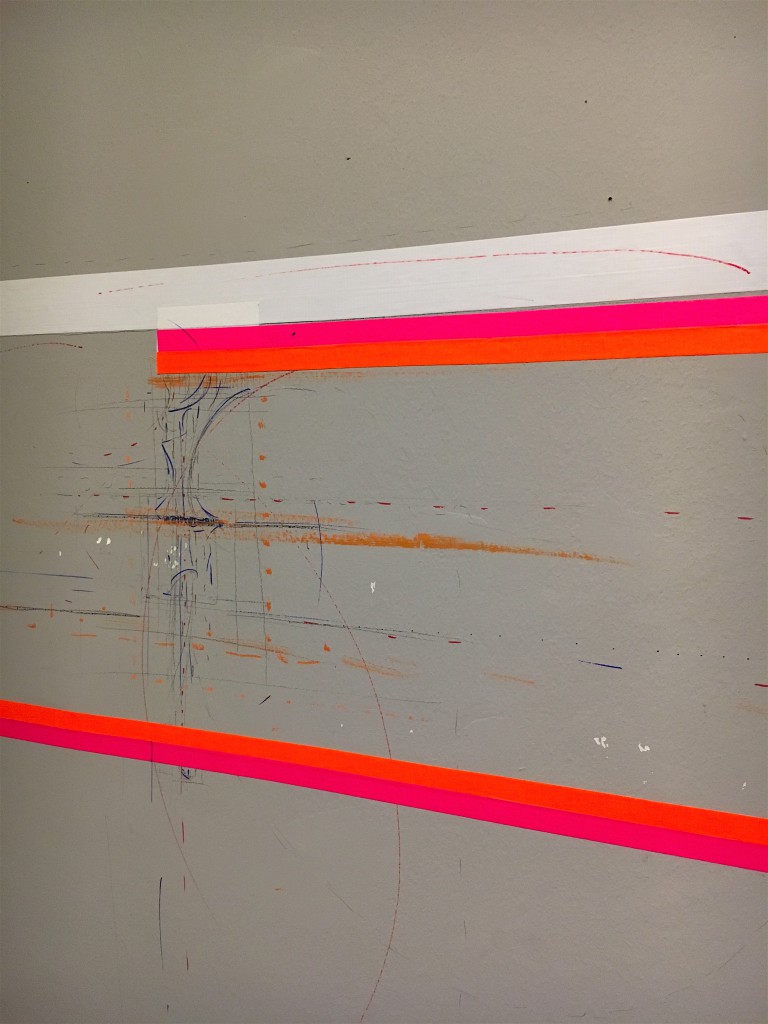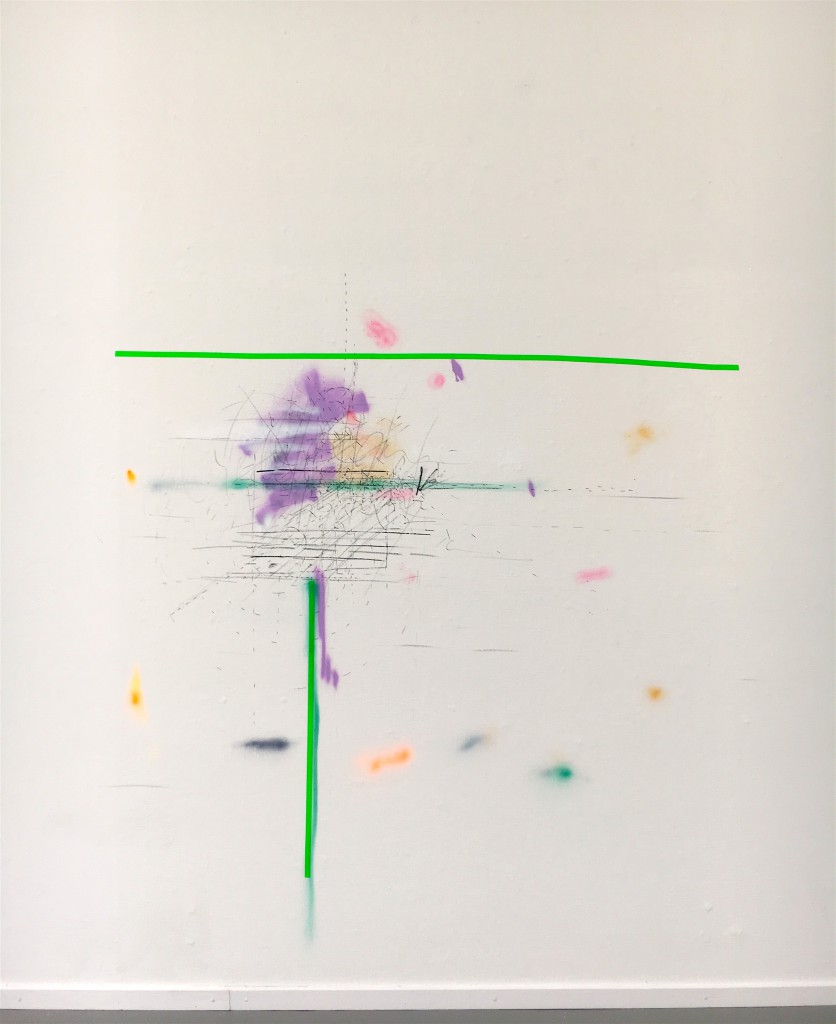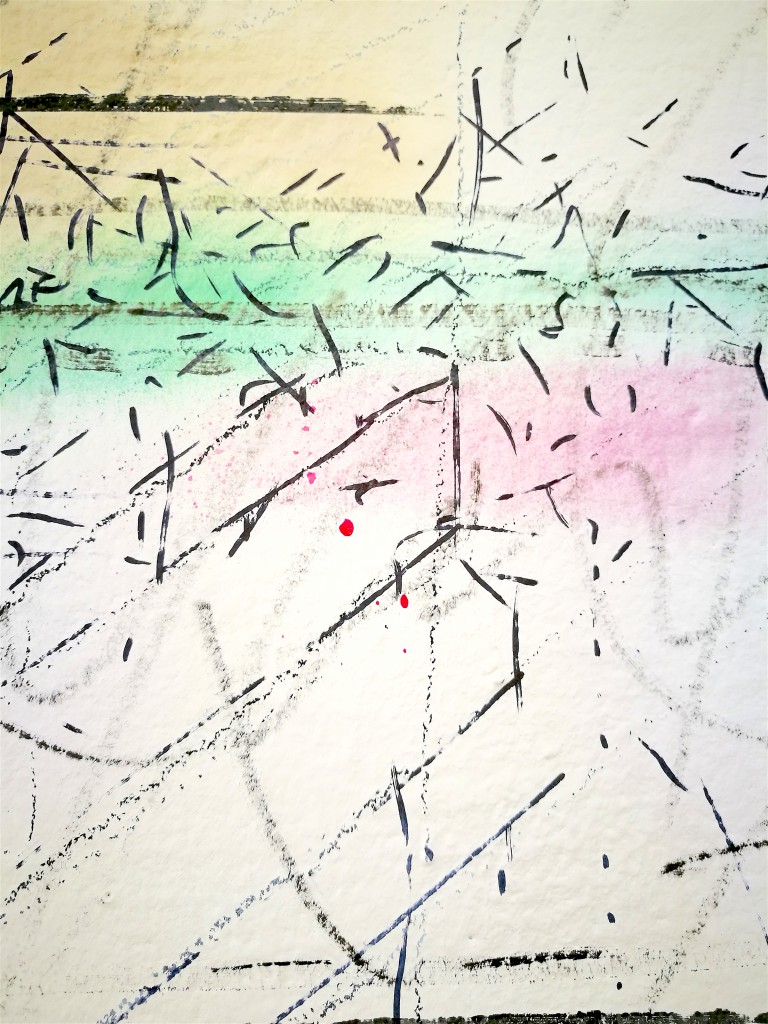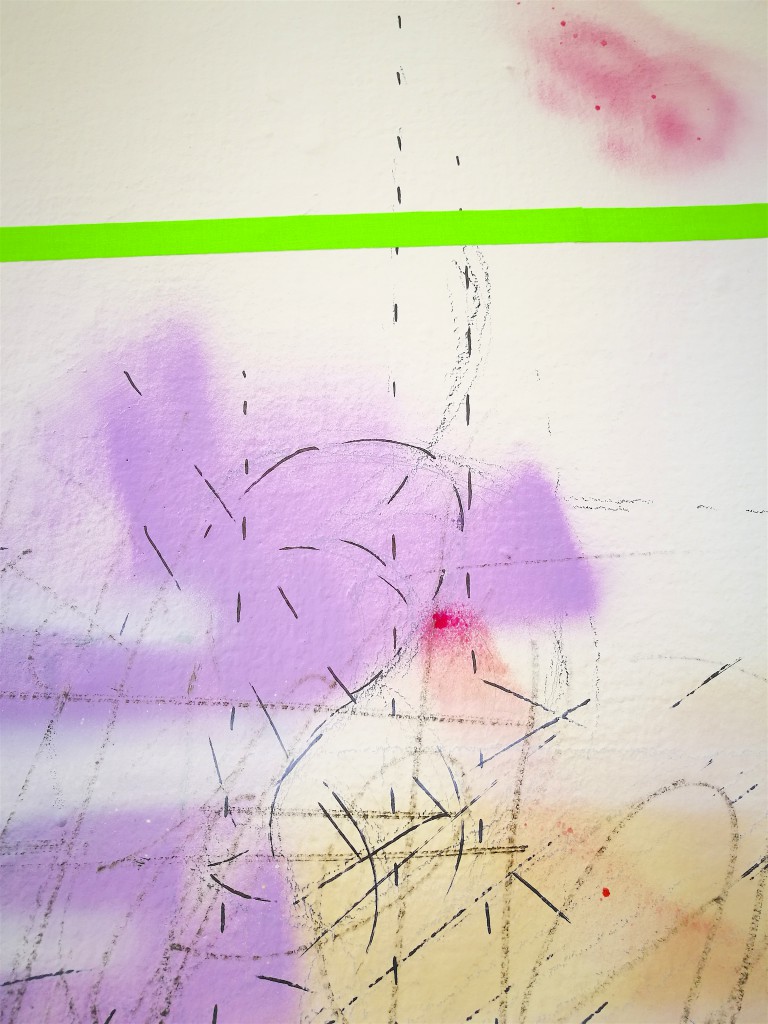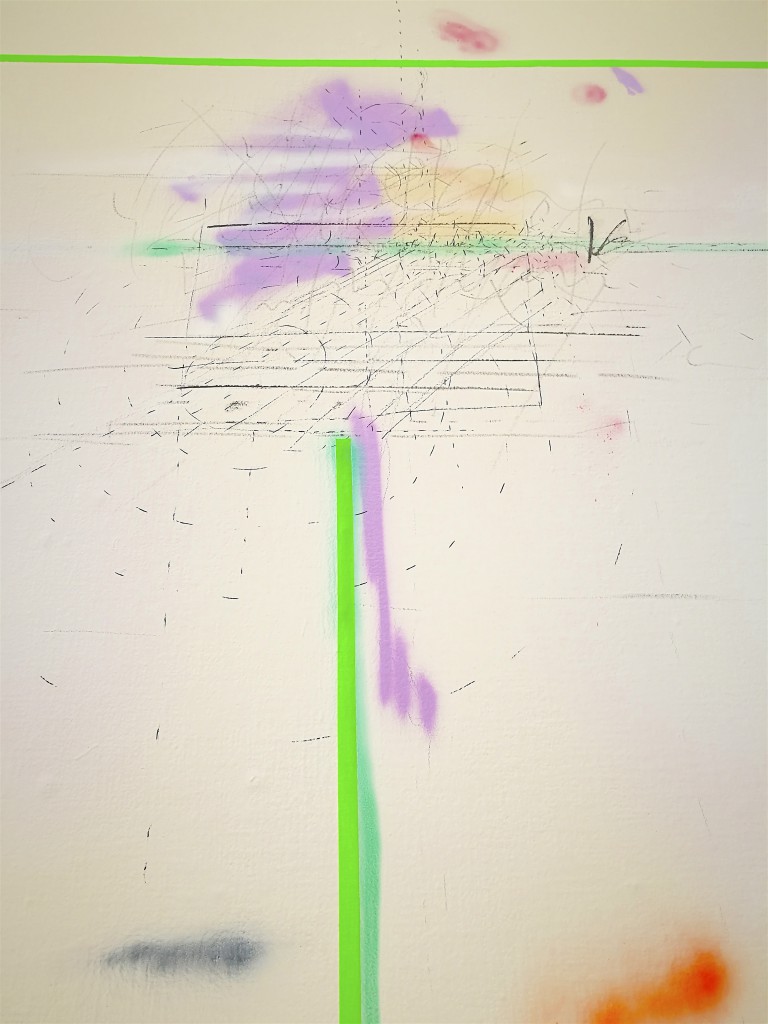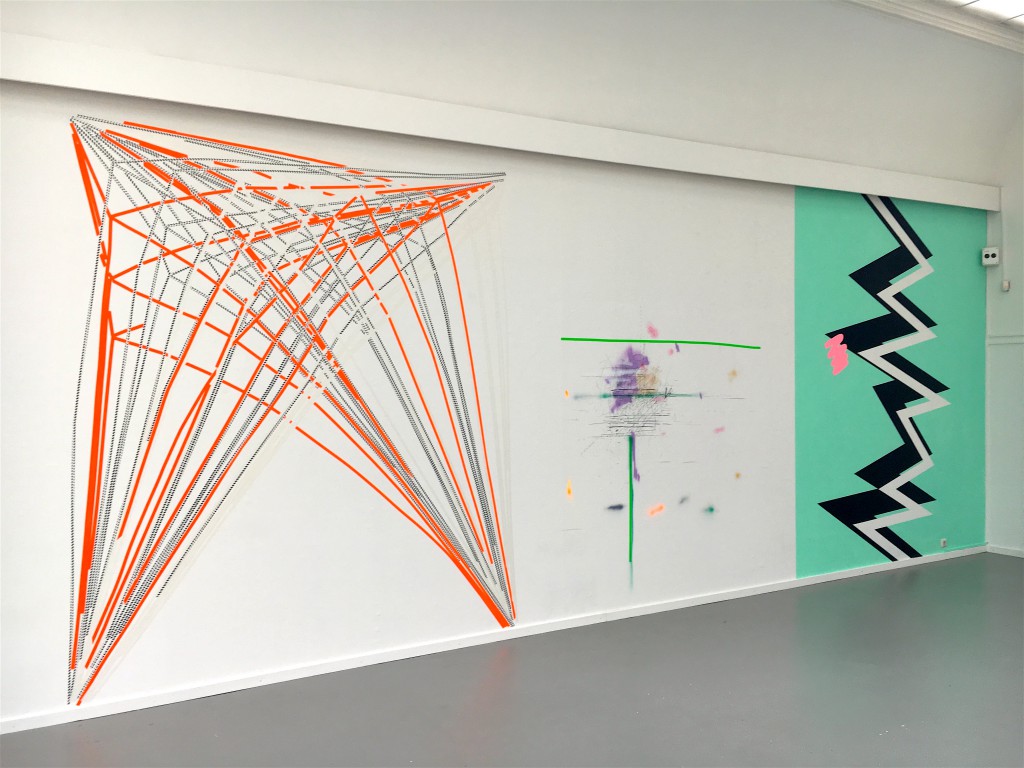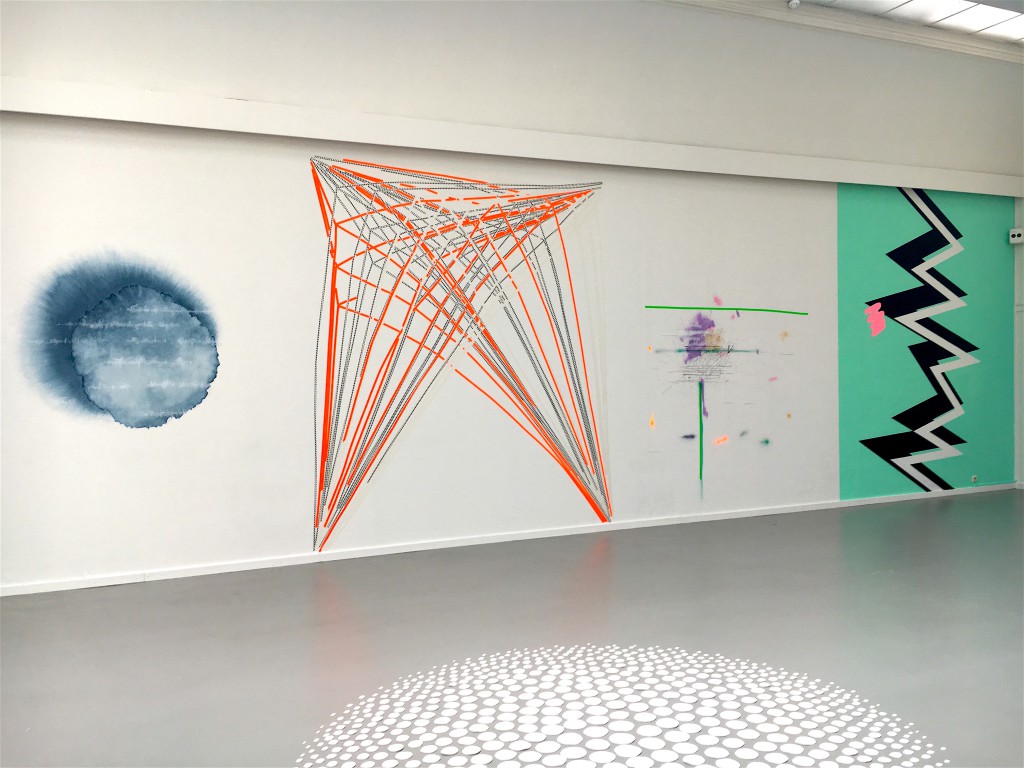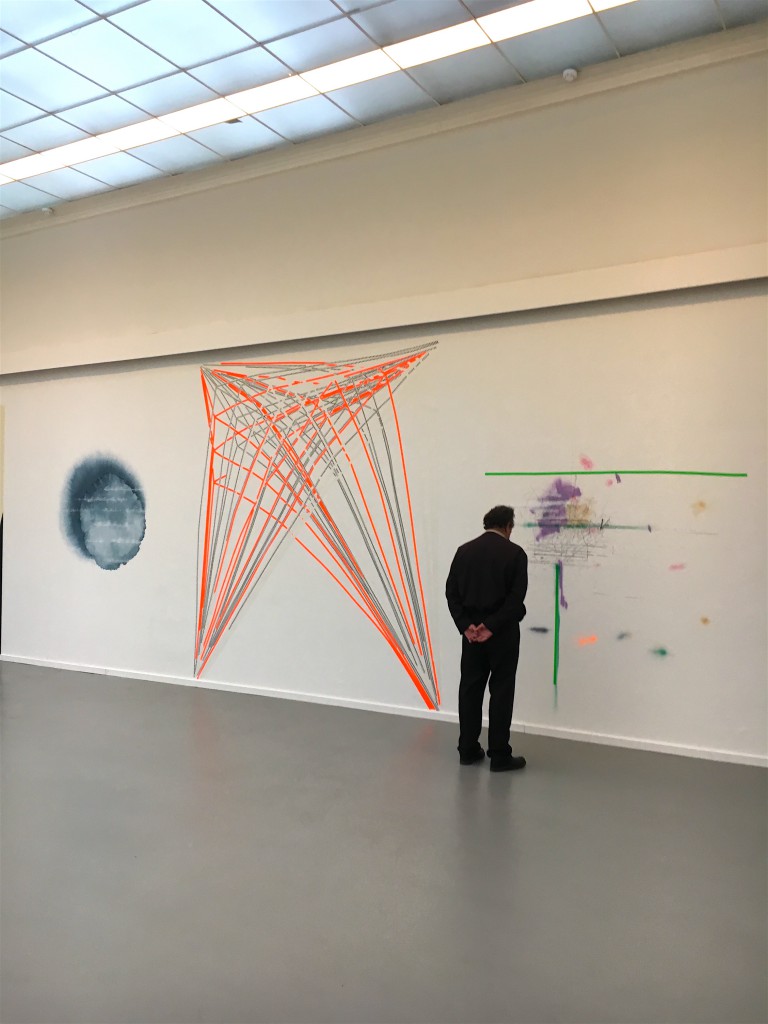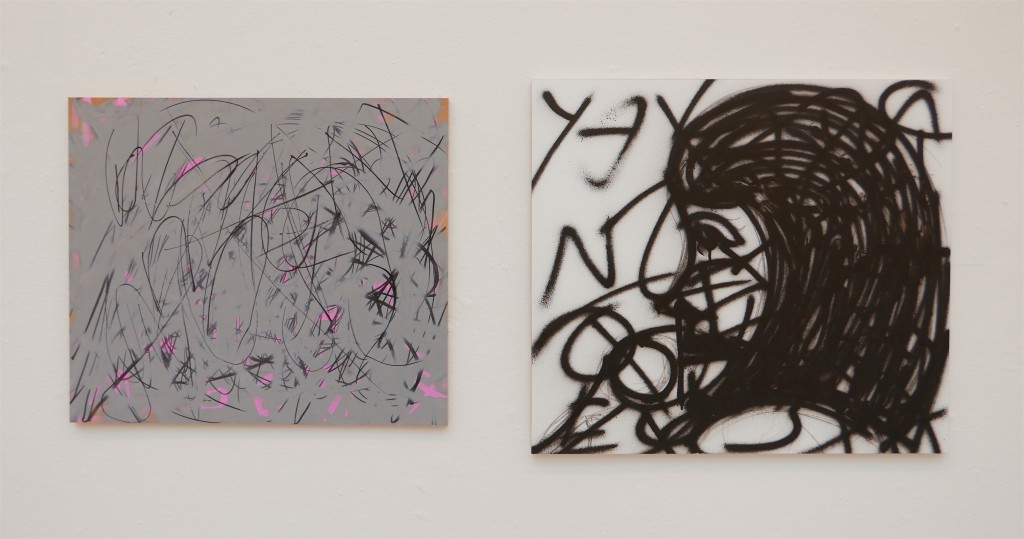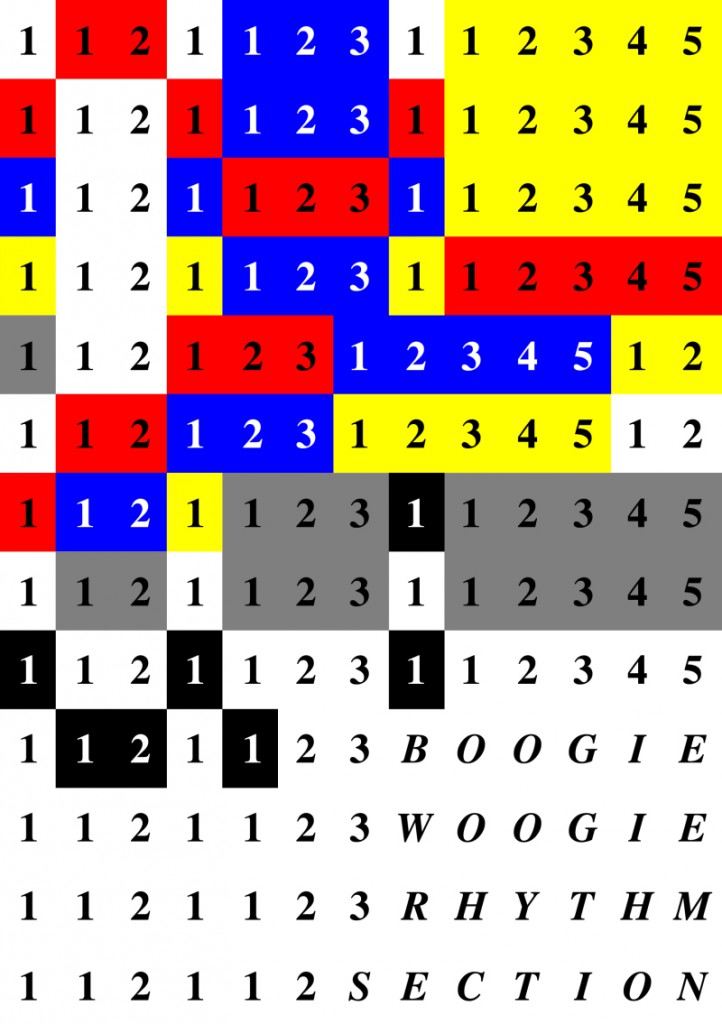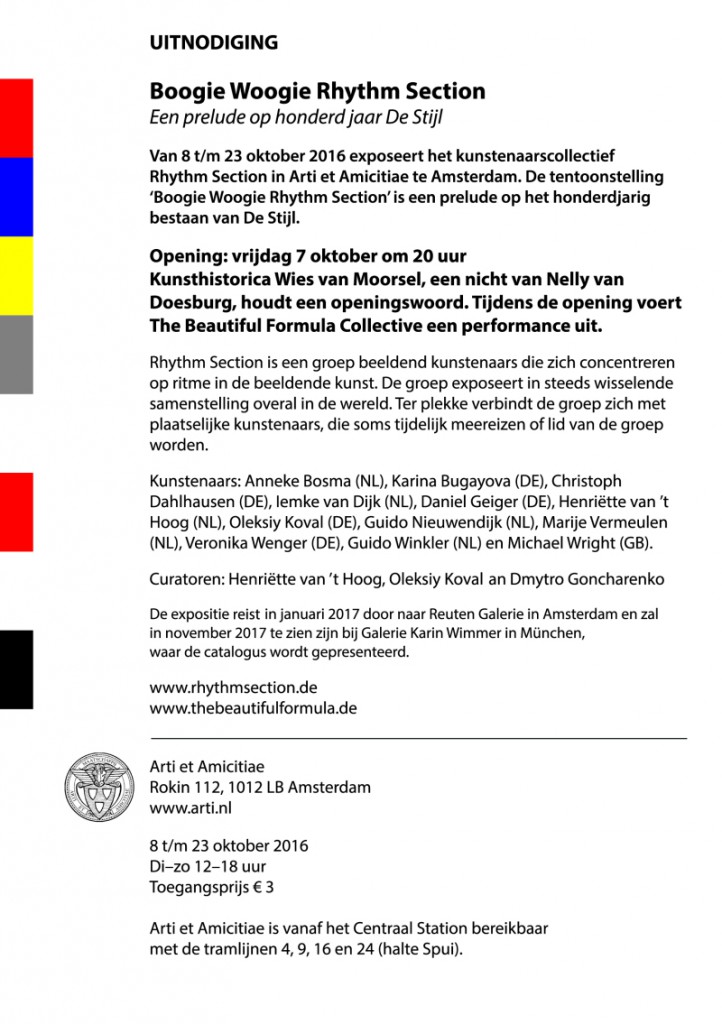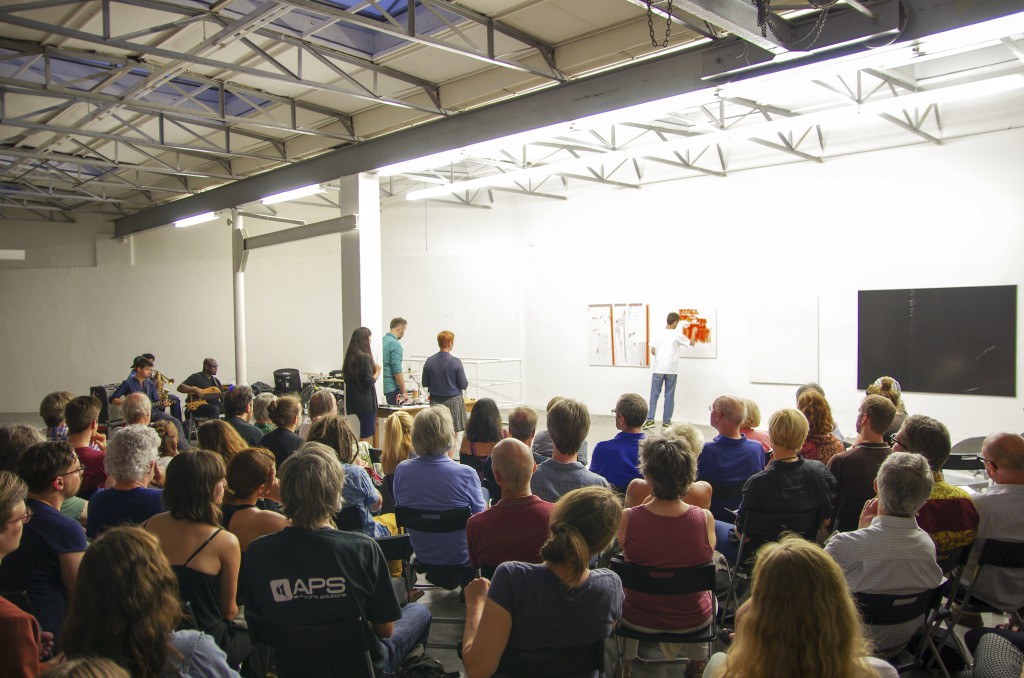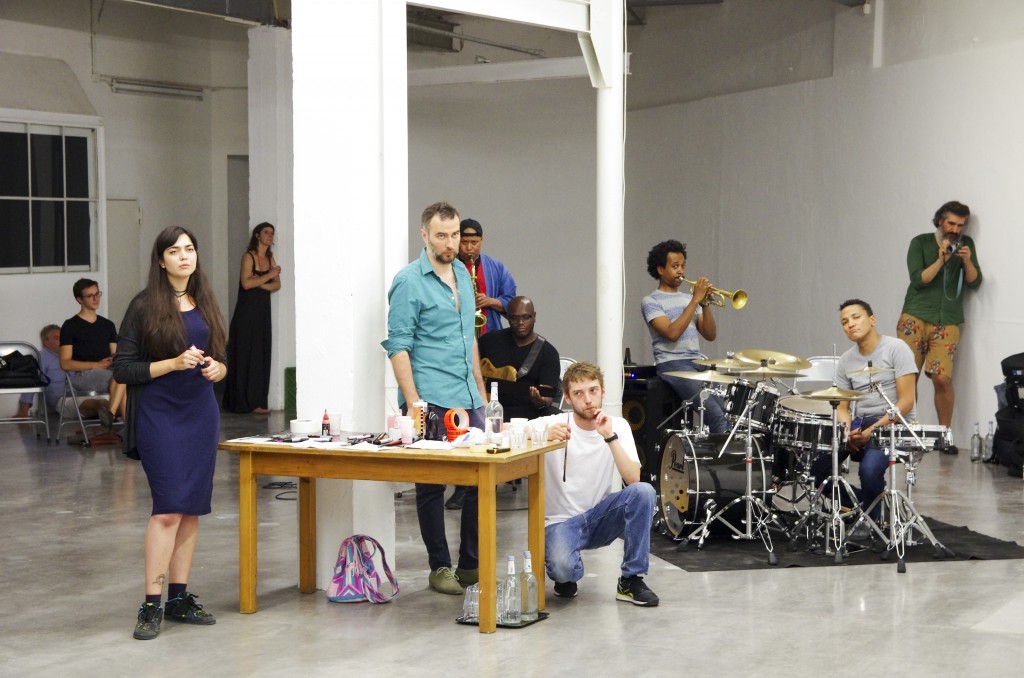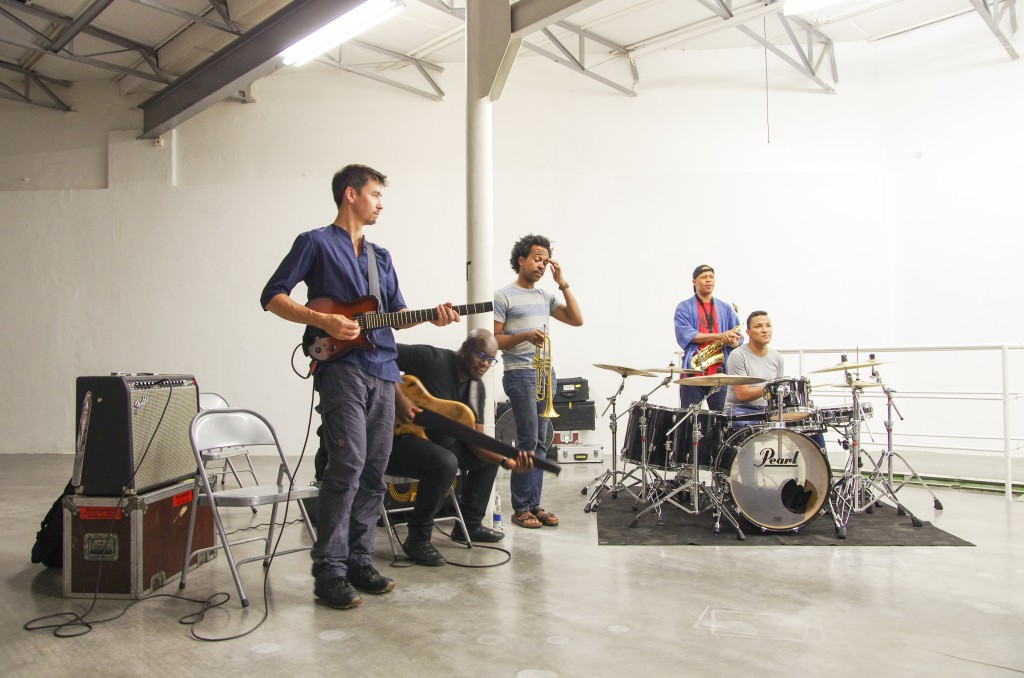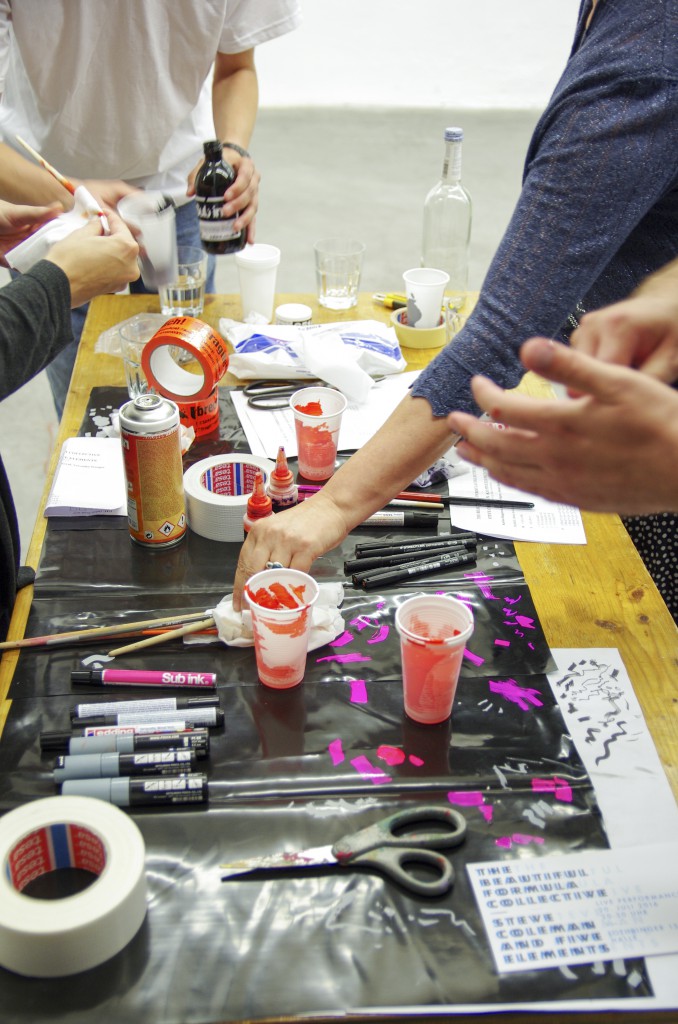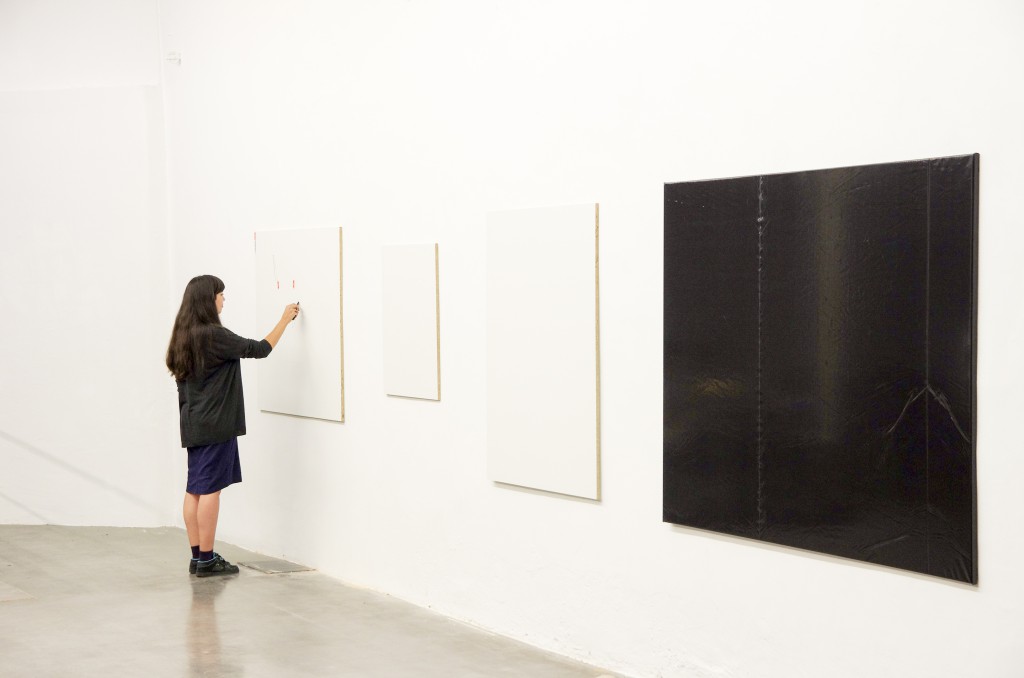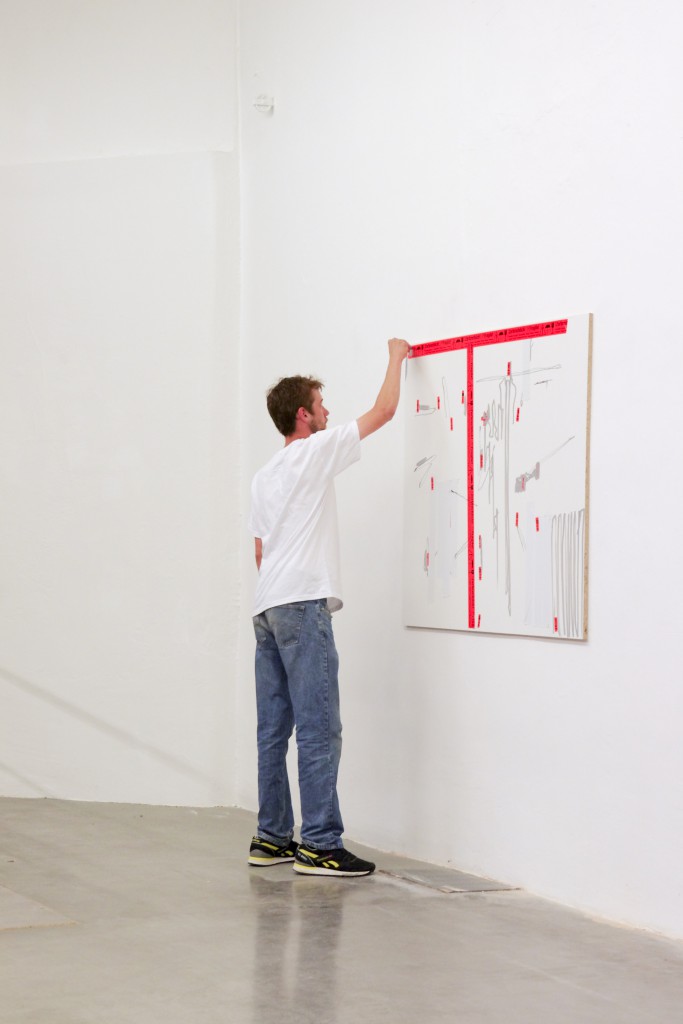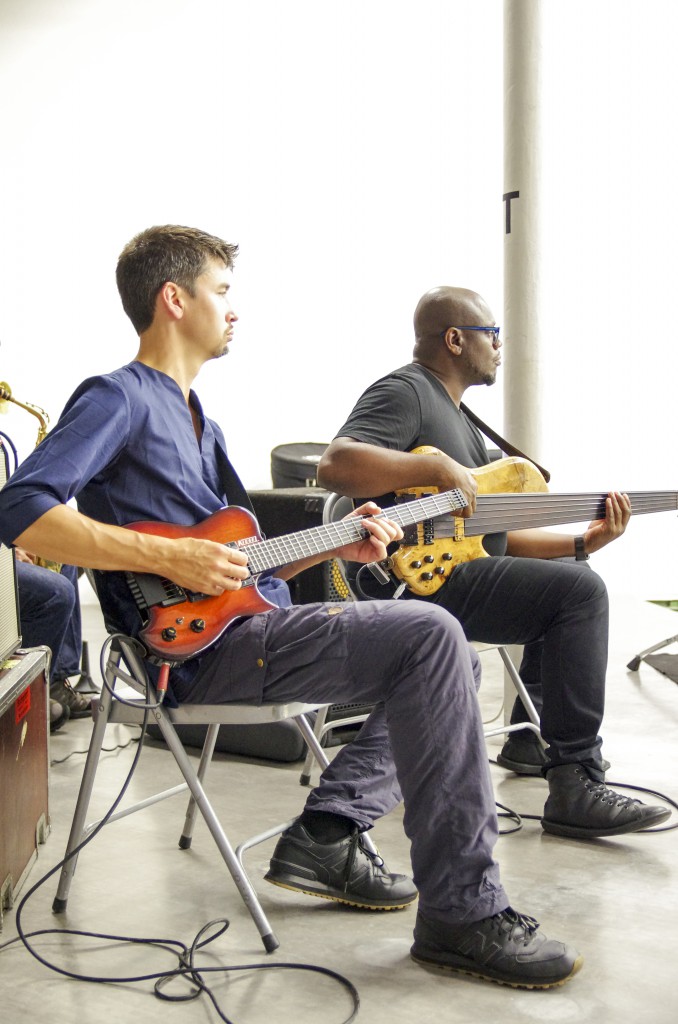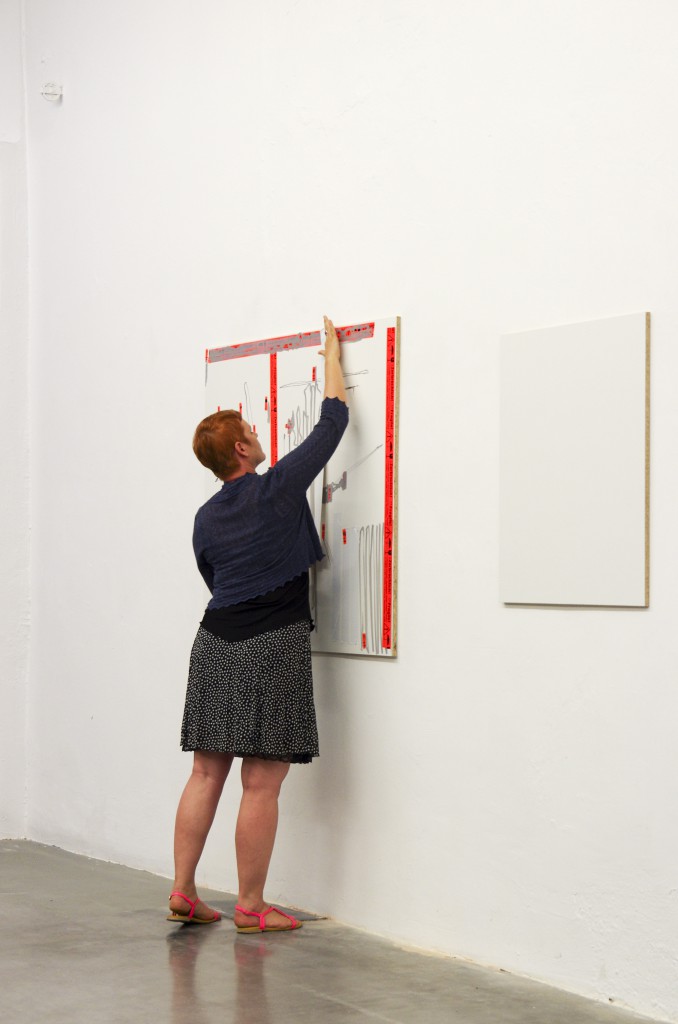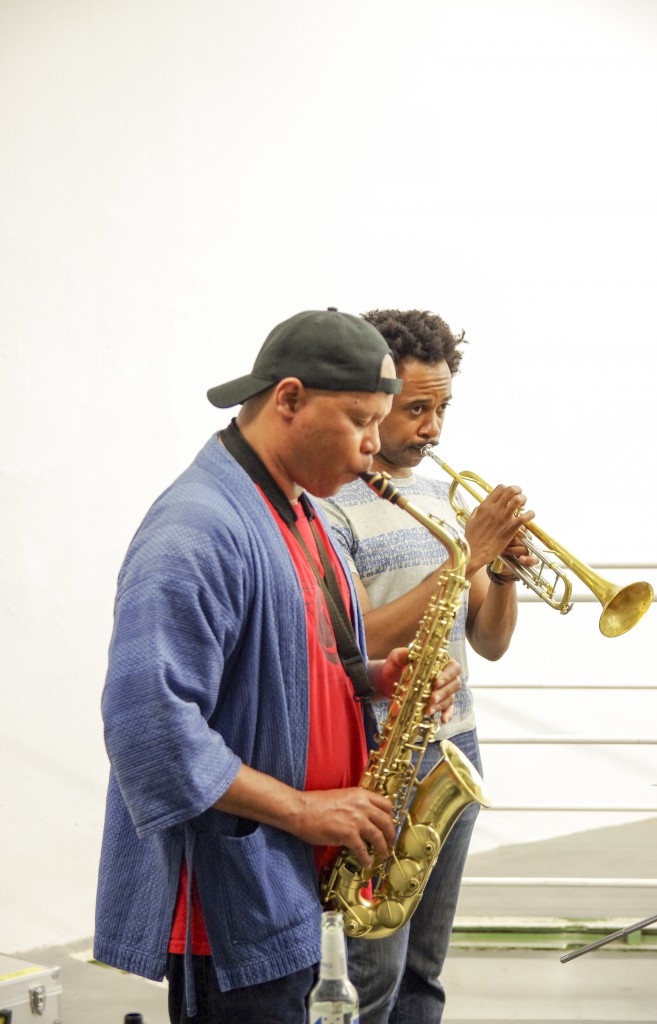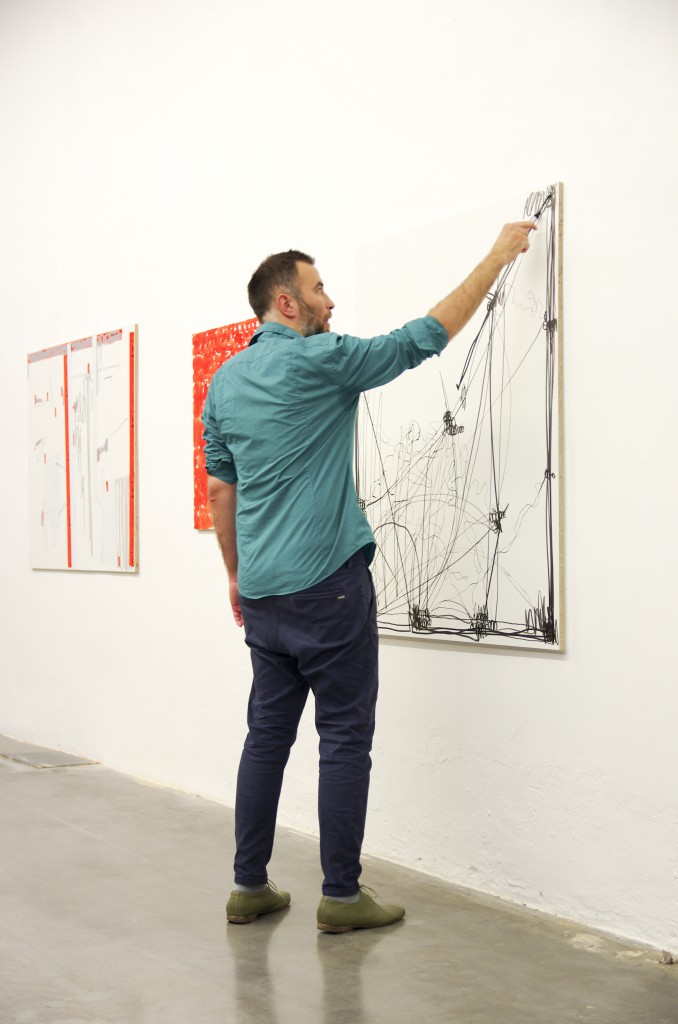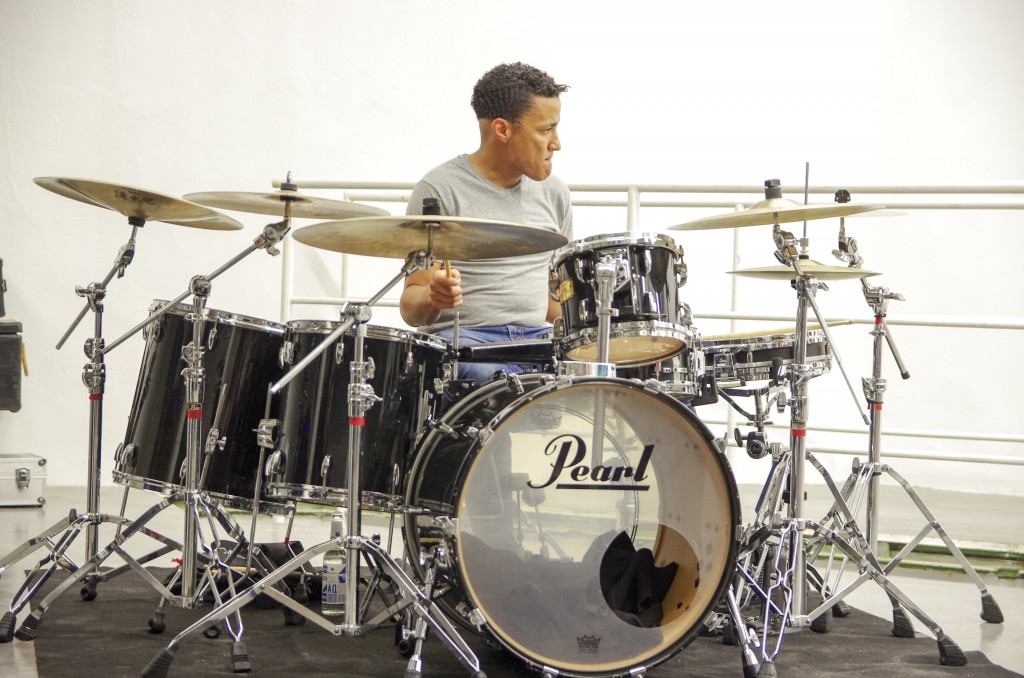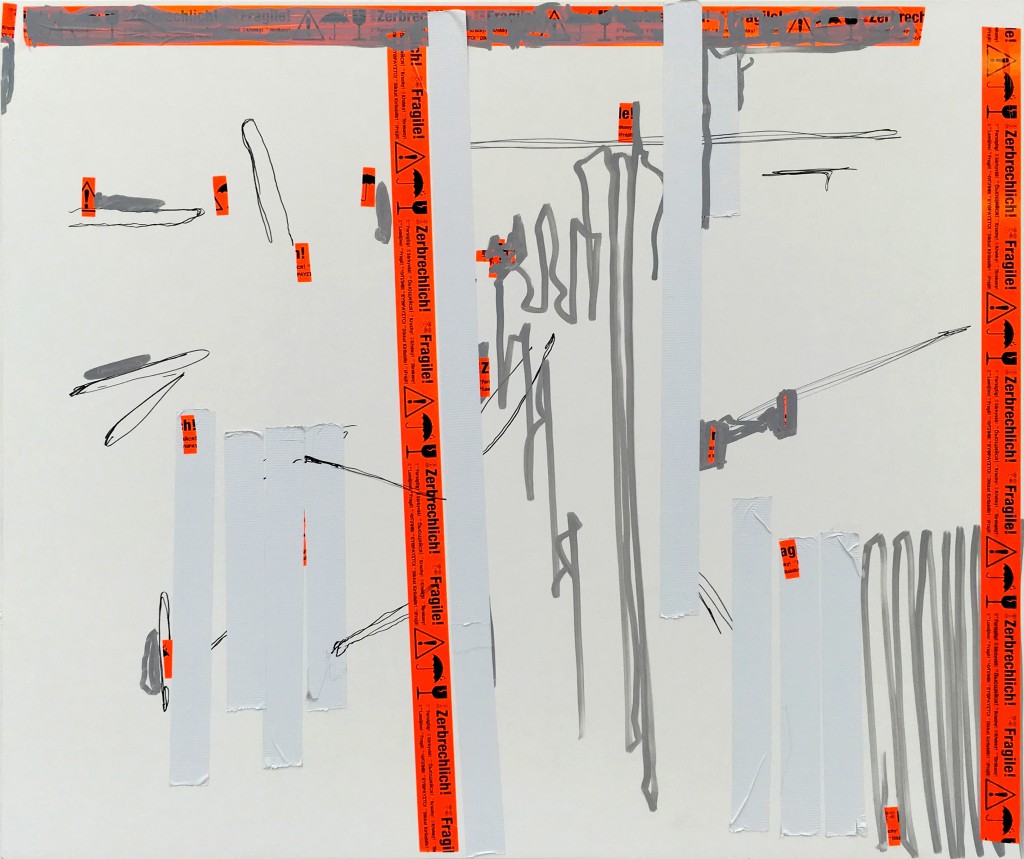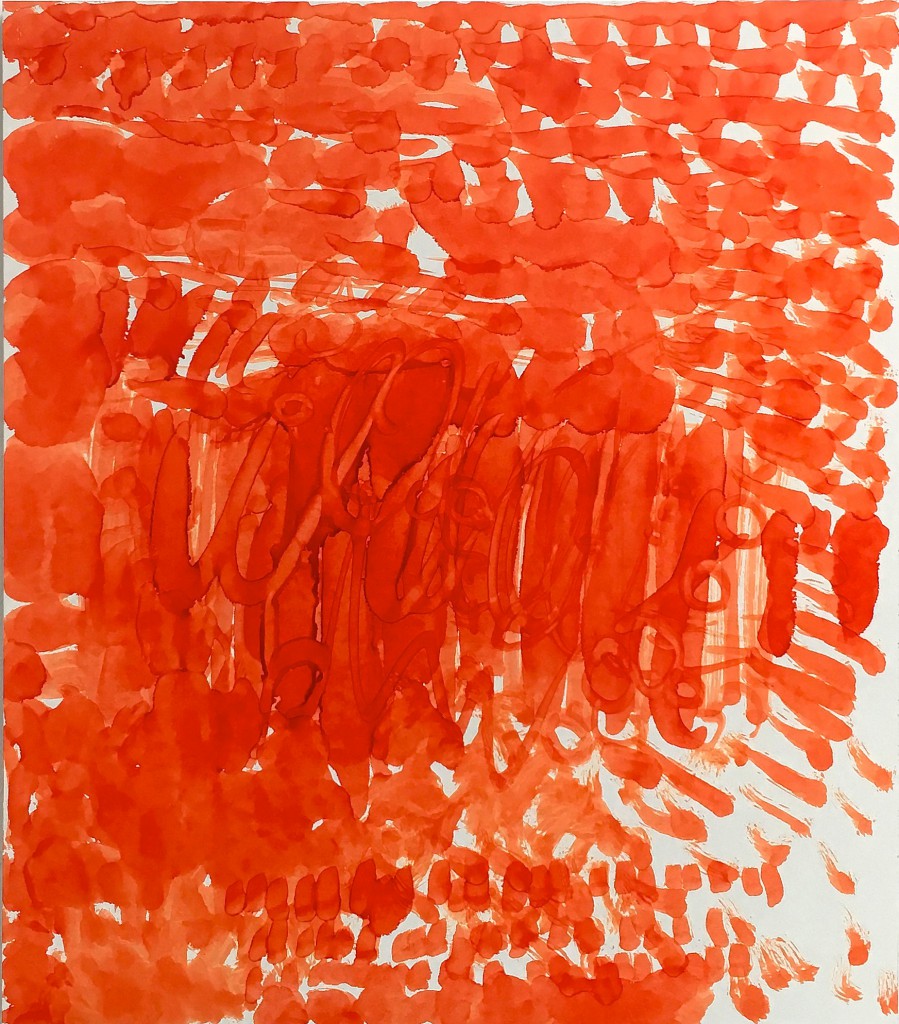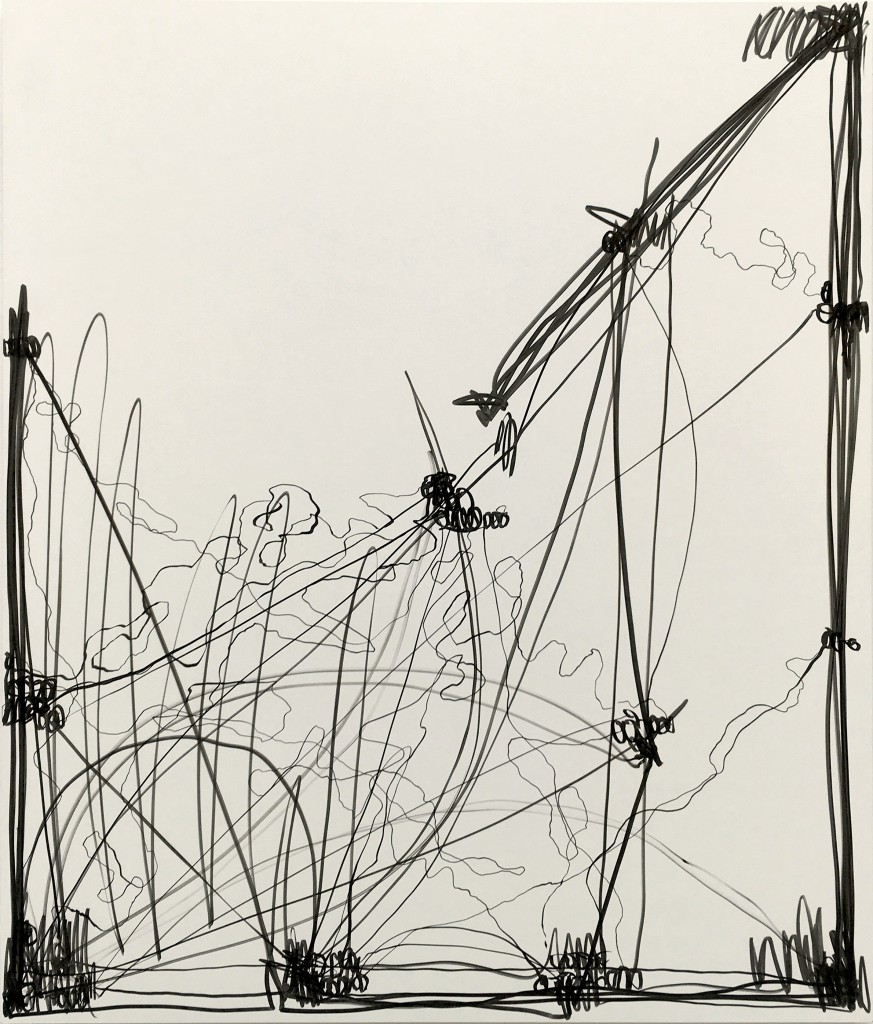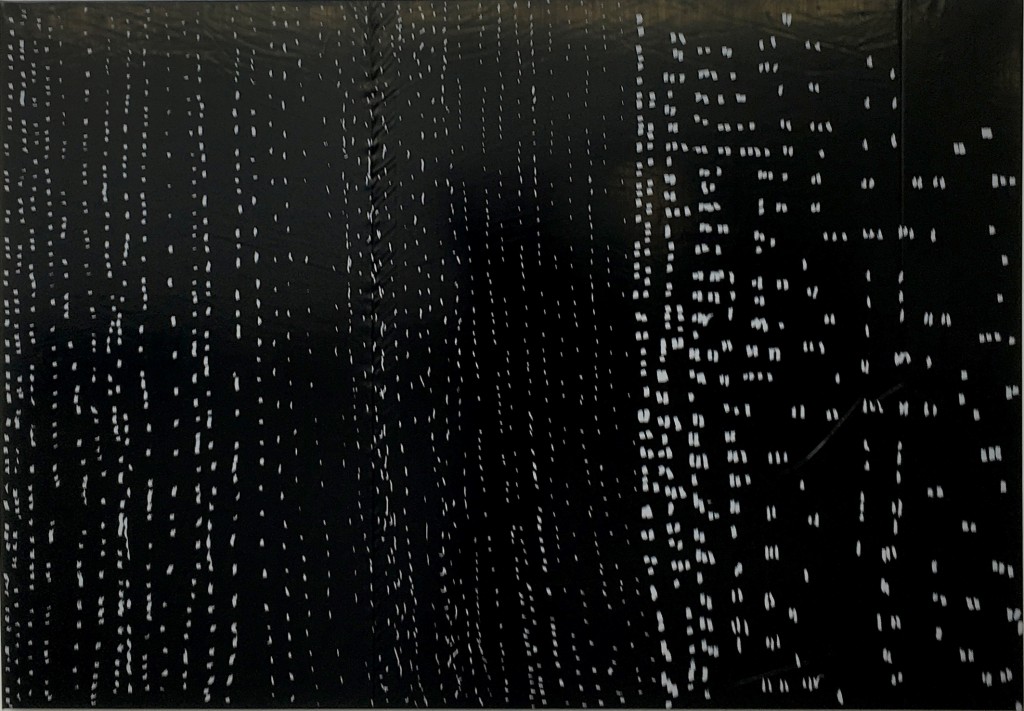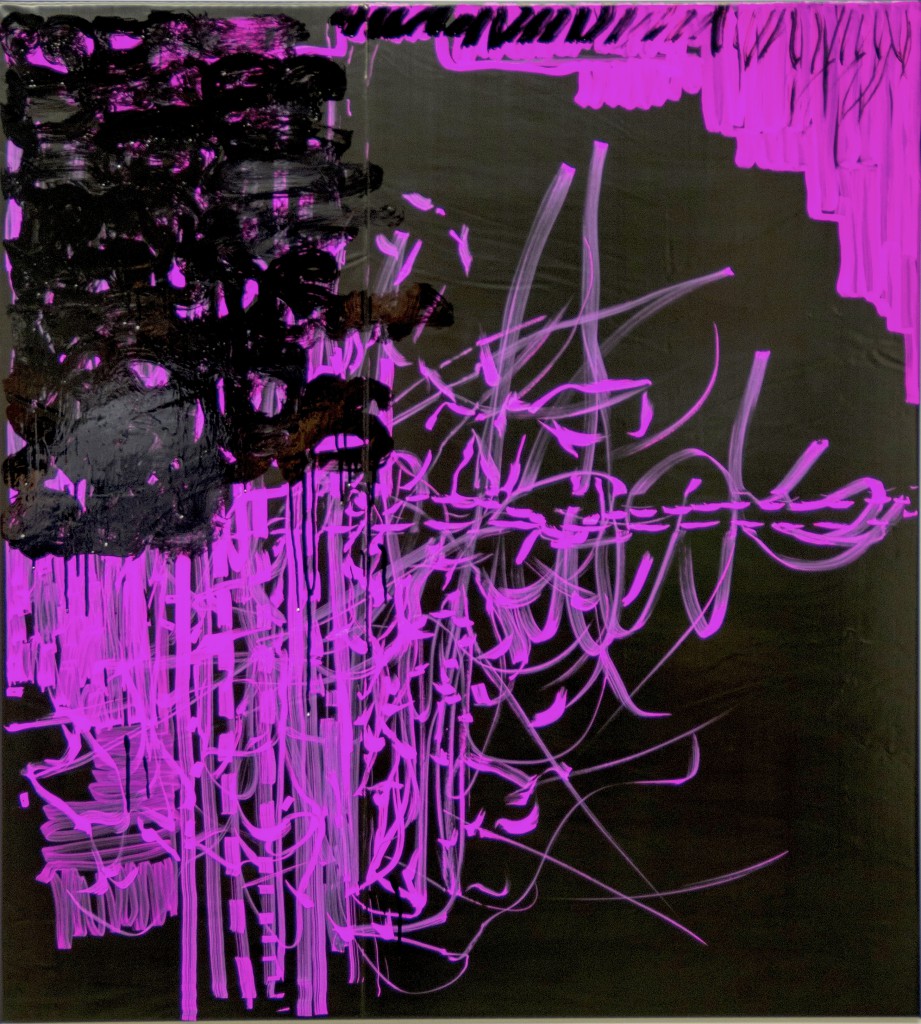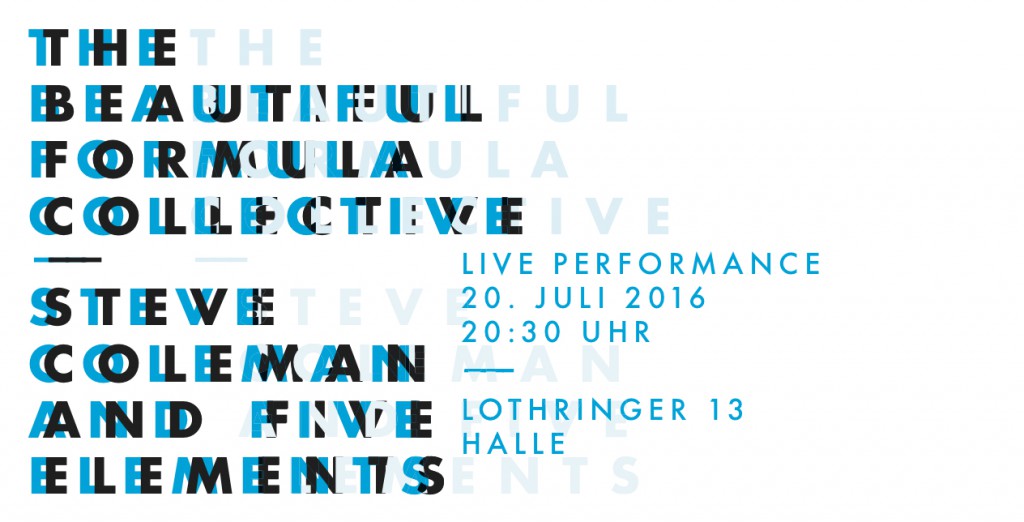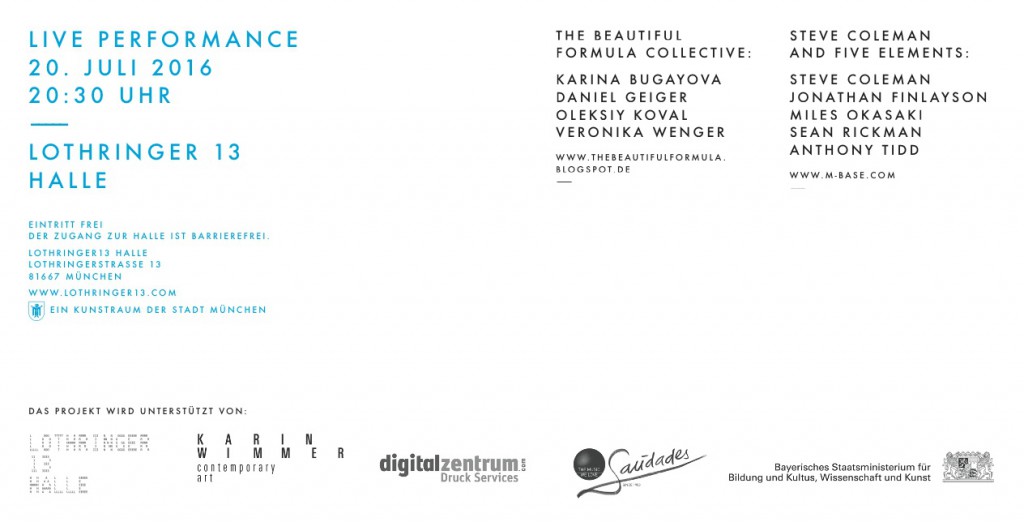Veronika Wenger, III, 2016, pencil, tape and marker on wall
Karşı Sanat Gallery, Istanbul
Photo © Rhythm Section
Veronika Wenger, III (Detail), 2016, pencil, tape and marker on wall
Karşı Sanat Gallery, Istanbul
Photo © Rhythm Section
Veronika Wenger, III (Detail), 2016, pencil, tape and marker on wall
Karşı Sanat Gallery, Istanbul
Photo © Rhythm Section
Veronika Wenger, III (Detail), 2016, pencil, tape and marker on wall
Karşı Sanat Gallery, Istanbul
Photo © Rhythm Section
Veronika Wenger, III (Detail), 2016, pencil, tape and marker on wall
Karşı Sanat Gallery, Istanbul
Photo © Rhythm Section
Veronika Wenger, III (Detail), 2016, pencil, tape and marker on wall
Karşı Sanat Gallery, Istanbul
Photo © Rhythm Section
Veronika Wenger, III (Detail), 2016, pencil, tape and marker on wall
Karşı Sanat Gallery, Istanbul
Photo © Rhythm Section
Veronika Wenger, III (Detail), 2016, pencil, tape and marker on wall
Karşı Sanat Gallery, Istanbul
Photo © Rhythm Section
Veronika Wenger, III, 2016, pencil, tape and marker on wall
Karşı Sanat Gallery, Istanbul
Photo © Rhythm Section
